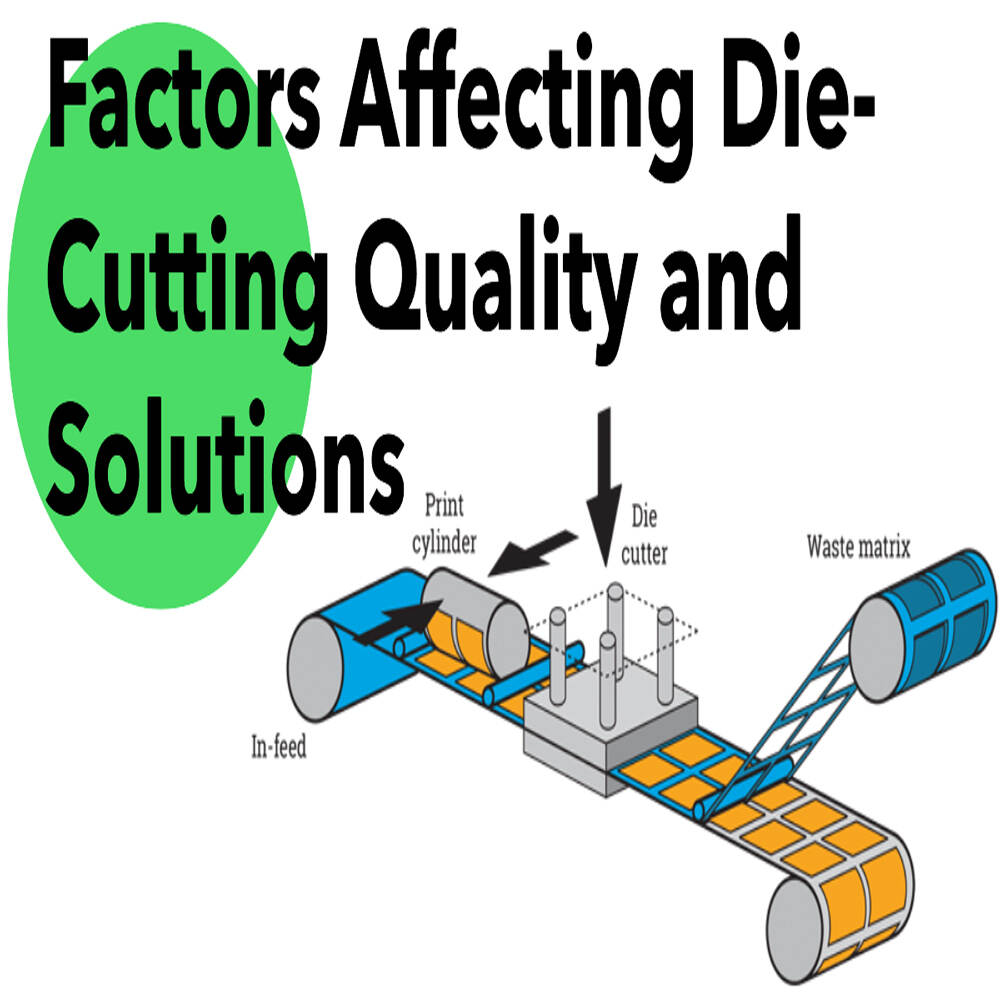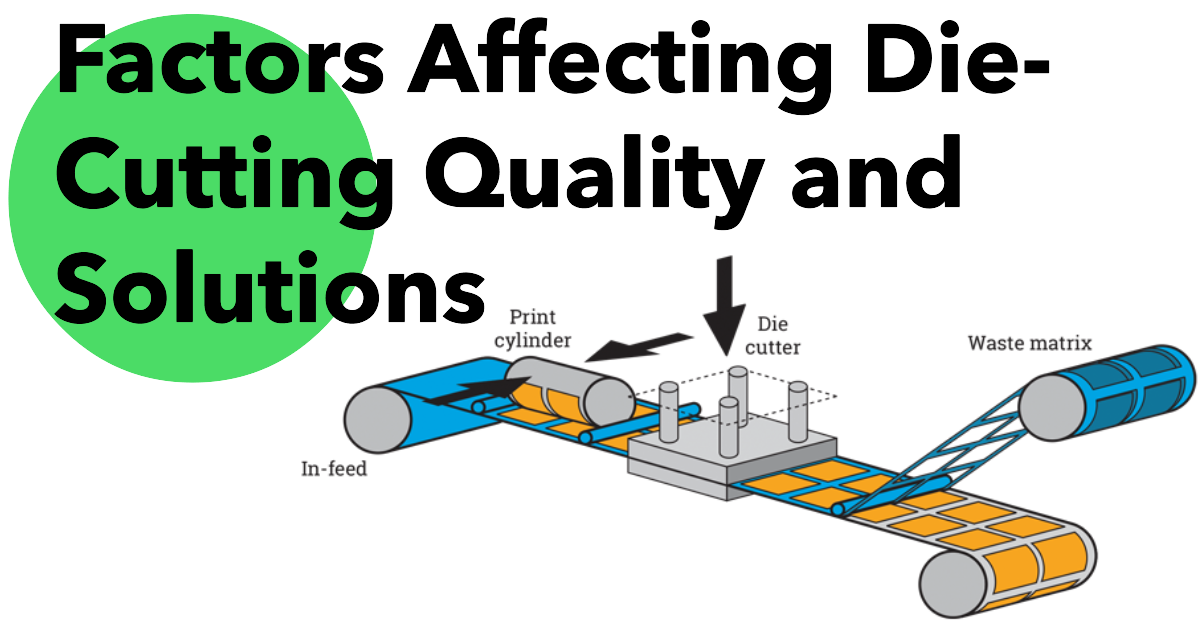Email cannot be empty
Password cannot be empty
Email format error
Email cannot be empty
Email already exists
6-20 characters(letters plus numbers only)
The password is inconsistent
Email format error
Email cannot be empty
Email does not exist
6-20 characters(letters plus numbers only)
The password is inconsistent


Factors Affecting Self Adhesive Label Die-Cutting Quality and Solutions
Factors Influencing Die-Cutting Quality
In flatbed die-cutting for self-adhesive labels, it is not advisable to use dies previously used for paper materials on film materials. This is because the blades that have cut through paper materials might be worn out, making them unsuitable for cutting film materials. Film materials require higher sharpness and precision from die-cutting blades compared to self-adhesive materials. Using worn blades for film labels can result in uneven edges, die-cutting failure, or damage to the film material.
In the flatbed die-cutting process, handling large area labels with many cuts can lead to quality fluctuations due to the extensive die-cutting area. To improve die-cutting precision and quality, it is recommended to optimize the layout and minimize the die-cutting area. For large-area or complex-pattern labels, it is advisable to have the die-cutting dies made by a professional manufacturer to ensure precision and durability, avoiding quality issues during the die-cutting process. Additionally, maintaining the sharpness of the blades by regularly inspecting and replacing worn blades is crucial for optimal die-cutting performance.

Solutions for Improving Die-Cutting Quality
1. Blade Sharpness Maintenance:
- Establish a record system to track the usage of each die-cutting die.
- Regularly inspect and record the wear condition of the blades to identify and replace severely worn blades promptly.
- Use small-angle, high-hardness specialized blades for cutting PET and other film materials to better protect blade sharpness and die-cutting precision.
2. Selection and Replacement of Cutting Pads:
- Regularly replace the cutting pads during the flatbed die-cutting process to maintain quality, especially for long-run jobs.
- The choice and maintenance of cutting pads affect the die-cutting quality.
3. Equipment Maintenance and Operator Skill:
- Maintain die-cutting equipment regularly, including cleaning equipment surfaces, checking wear on transmission parts, and replacing damaged components.
- Ensure operators are skilled and trained in die-cutting procedures and waste removal operations.
- Control the working environment’s temperature and humidity, as they can affect die-cutting quality.
4. Adjusting Die-Cutting Machine Parameters:
- If die-cutting precision is low or if label edges are rough, first check the accuracy of the die-cutting layout and the flatness of the base plate.
- Adjust the pressure and speed parameters of the die-cutting machine.
- Fine-tune the die-cutting die and perform trial cuts until satisfactory results are achieved.
5. Blade Wear and Material Suitability:
- If rapid blade wear leads to decreased die-cutting quality, check if the blade material is suitable for the current self-adhesive materials.
- Regularly inspect and replace worn blades.
- Use specialized cleaning agents and tools to maintain the blade surface, extending its lifespan.
6. Handling Warping and Deformation:
- If die plates warp or deform, causing unstable die-cutting quality, inspect the base plate material quality and cutting precision.
- Reassemble the base plate to ensure flatness between the base plate and blades.
- Use specialized tools to correct and press the die-cutting plate, eliminating deformation.
7. Improving Waste Removal Efficiency:
- If waste removal is difficult, affecting production efficiency, check the design of the die-cutting layout and bridge structure for rationality.
- Adjust the waste removal device on the die-cutting machine and add auxiliary devices or materials to facilitate smooth waste removal.
- Train operators in die-cutting knowledge to enhance waste removal skills.

For more detailed guidance on selecting the right label materials and optimizing your die-cutting processes, visit Siga Label where our label material experts are ready to provide you with professional advice.

